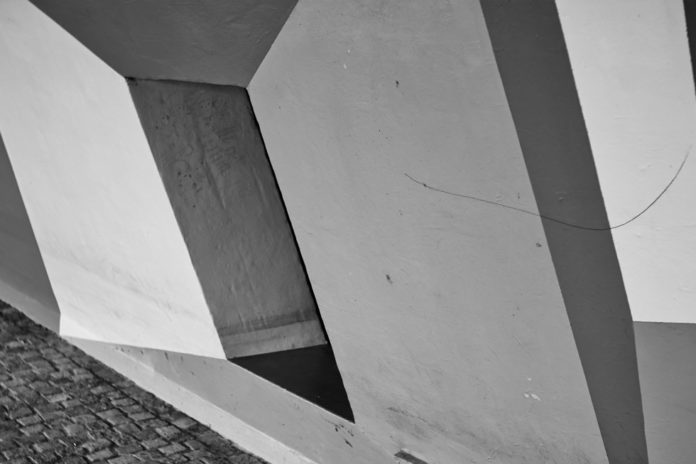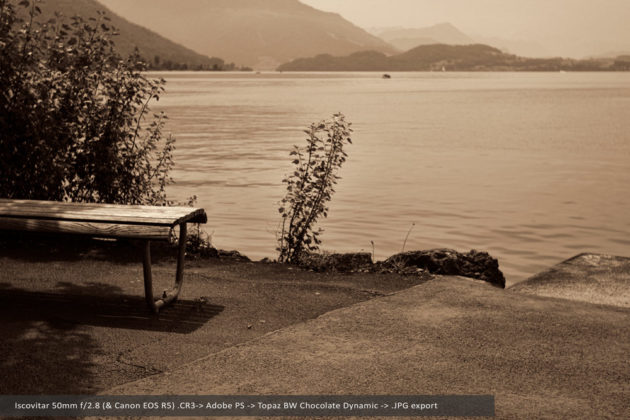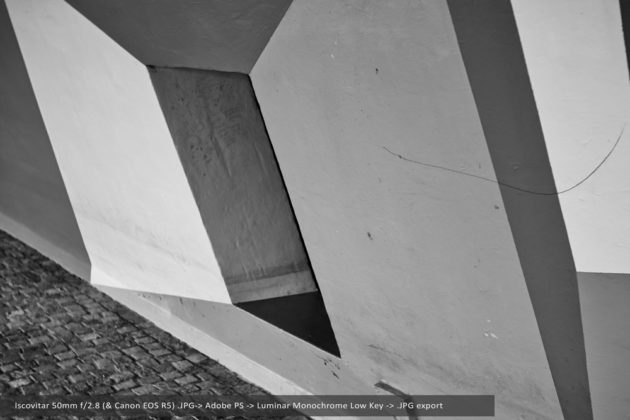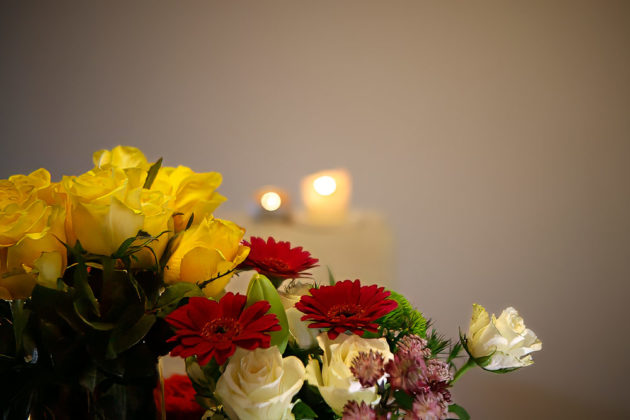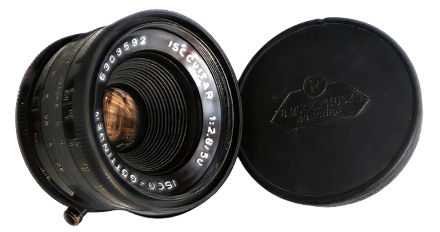Lens overview
The Iscovitar 50 mm f/2.8 sits among ISCO‑Göttingen’s compact standard fifties from West Germany. The copy most photographers meet today is the Edixa‑Iscotar / Iscovitar in M42 (Wirgin Edixa ecosystem), a Cooke‑style triplet meant to be affordable, lightweight, and easy to use. Typical specimen stats: 3 elements in 3 groups (triplet), f/2.8–16, 5‑blade diaphragm, minimum focus ≈ 0.8 m, 49 mm filter thread, and a sub‑200 g build depending on version. It’s not trying to be an Otus‑like reference lens; it aims to be agreeable, compact, and inexpensive—and succeeds. On today’s used market, clean, working copies typically sell for about €25–90 / US $30–95, with zebra‑finish or near‑mint examples at the upper end and rough/hazy examples at the lower end.
Build and ergonomics
Barrels range from early zebra-metal to later black-plastic-trim versions. Focus is smooth with a modest throw; the aperture ring has firm, positive clicks. Most copies carry an Auto/Manual switch for the stop‑down pin—handy for mirrorless adapting. The front element doesn’t rotate, which plays well with simple screw‑in filters (49 mm is commonplace). Some samples are feather‑light; all benefit from a small hood.
Optical performance
Sharpness & contrast. Center performance is usable at f/2.8, improves at f/4, and becomes crisp and even‑tempered by f/5.6–8—the natural sweet spot for this design. Corners show field curvature and softness wide open; they tidy as you stop down.
Color & CA. Color is neutral to slightly warm. As with most triplets, expect longitudinal CA and a hint of glow on high‑contrast edges at f/2.8; it drops quickly by f/4–5.6 and cleans up with a quick Remove CA / Defringe pass.
Bokeh & rendering. Backgrounds melt gently rather than dramatically. The five‑blade iris renders pentagonal highlights once you stop down; at f/2.8–4 the out‑of‑focus rendition is calm, especially at 0.8–1.2 m. It’s a pleasant, classic look.
Flare & veiling. Coatings are modest; a hood or careful hand‑flagging pays off when the sun is near the frame.
Distortion & vignetting. Geometric distortion is very low. Vignetting at f/2.8 is visible but not intrusive, and it’s gone by f/4–5.6.
Digital adaptation (today’s bodies)
Mirrorless (RF / Z / E / L / X). Use a simple M42→mirrorless ring—no glass, infinity retained. On IBIS bodies, set 50 mm for stabilization.
EF DSLRs. M42→EF adapters work glasslessly and hit infinity; enable stop‑down metering or use M mode with the lens’s A/M switch.
Notes: Some copies are labeled “Edixa‑Iscotar” rather than Iscovitar; they share the same core feature set and handling.
Historical & collector context
ISCO‑Göttingen (a Schneider‑linked German maker) produced a wide range of standard fifties. Earlier Westanar/Westar 50/2.8 lenses often used four‑element formulas and heavier metal shells, while the Iscovitar/Edixa‑Iscotar 50/2.8 is the light, low‑cost triplet of the M42 era. You’ll find zebra and black‑trim variants, usually marked “Made in Germany/West Germany”. Production spans the late 1960s into the 1970s, aligning with the Edixa M42 SLR line. Collectability is modest, but clean, serviced copies are enjoyable to users.
Impressions
Treat it like a walk‑around normal that rewards f/5.6–8 for landscapes and street, with f/2.8–4 giving you a gentle portrait look at table‑top distances. Keep a tiny hood fitted, expose for highlights, and let the triplet’s micro‑contrast do the rest. It’s fun because it’s uncomplicated: small camera, small lens, and files that look “vintage‑right” with a light curve and a bit of contrast.
Modern comparison
If you need clinical bite and apochromatic control, jump to modern designs (or our Otus 55/1.4 review) and accept the weight and price. If you want simple, cheap, and cheerful, the Iscovitar scratches that itch.
Cosina/Cosinon 50/2.8 and Domiplan 50/2.8 are comparable budget triplets. The ISCO often feels a touch better built than the very cheapest 1970s plastics, and renders a little calmer wide open.
Zeiss Tessar 50/2.8 (4‑element) or ISCO’s Westanar 50/2.8 (4‑element) add more edge discipline stopped down, at the cost of a bit more weight/price.
Sample photos
Verdict — Pros & Cons
Pros
- Made in Germany; compact, lightweight, easy to carry
- Simple M42 adaptation to any mirrorless; glass‑less EF adapting too
- Pleasant triplet rendering; very low distortion; strong by f/5.6–8
- Inexpensive and common—great entry into vintage fifties
Cons
- Plasticky feel
- Five‑blade iris = geometric highlights stopped down
- Glow/LoCA at f/2.8; flare if you shoot toward the sun without a hood
- Copy variation: some later plastic‑trim barrels feel “cheap”; sample condition matters
- 0.8 m MFD limits tight close‑ups without a close‑up filter/tube


